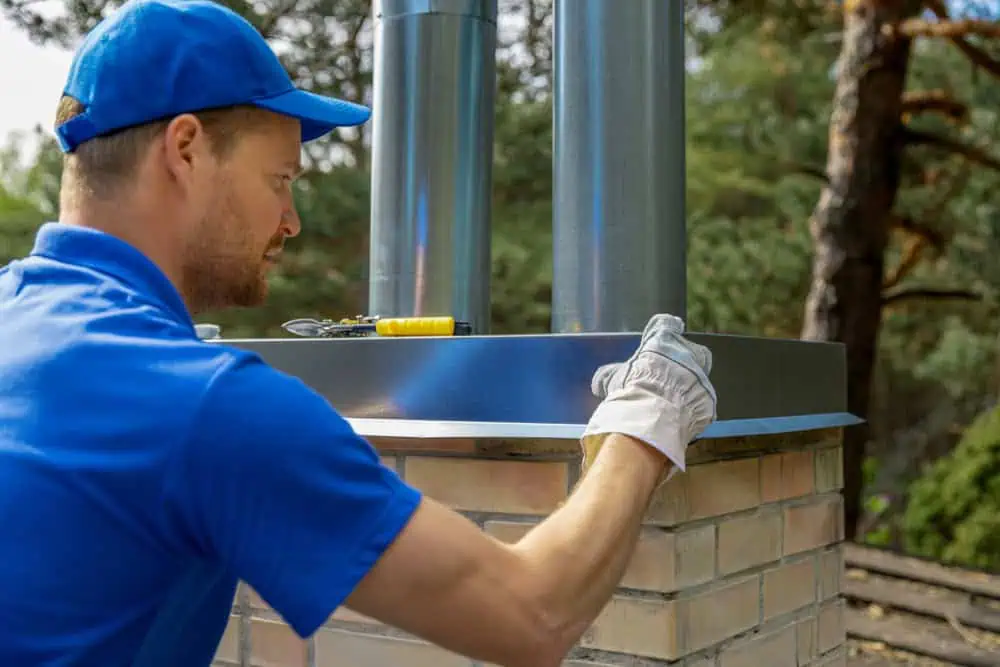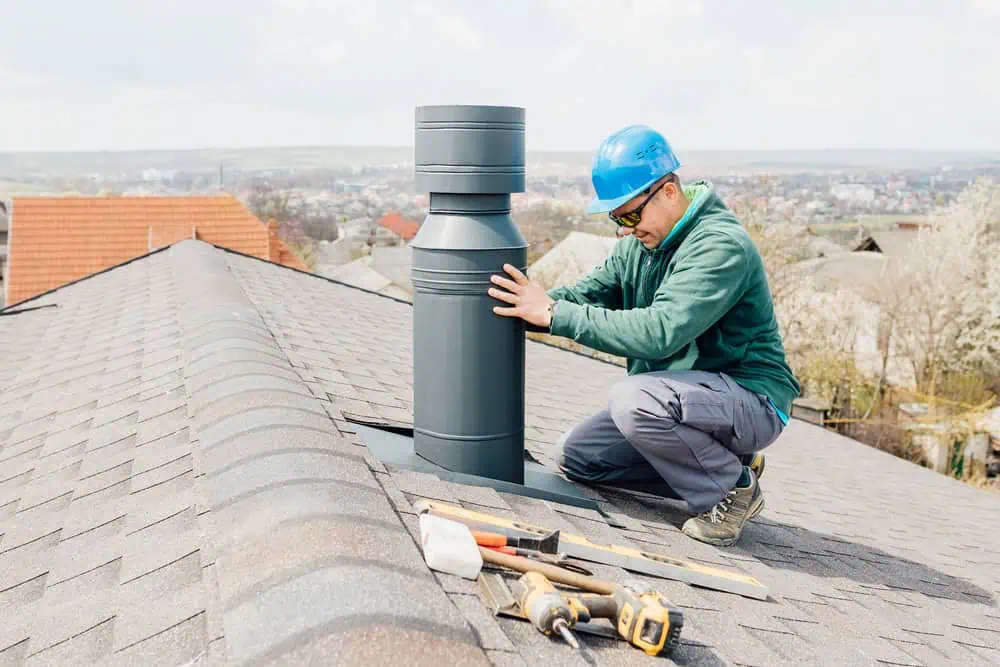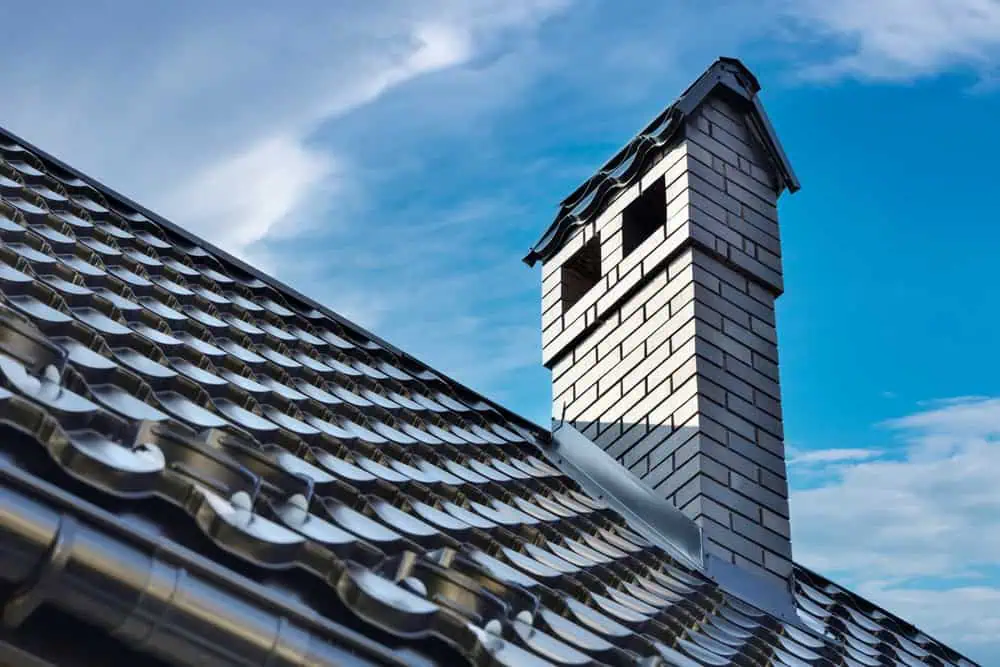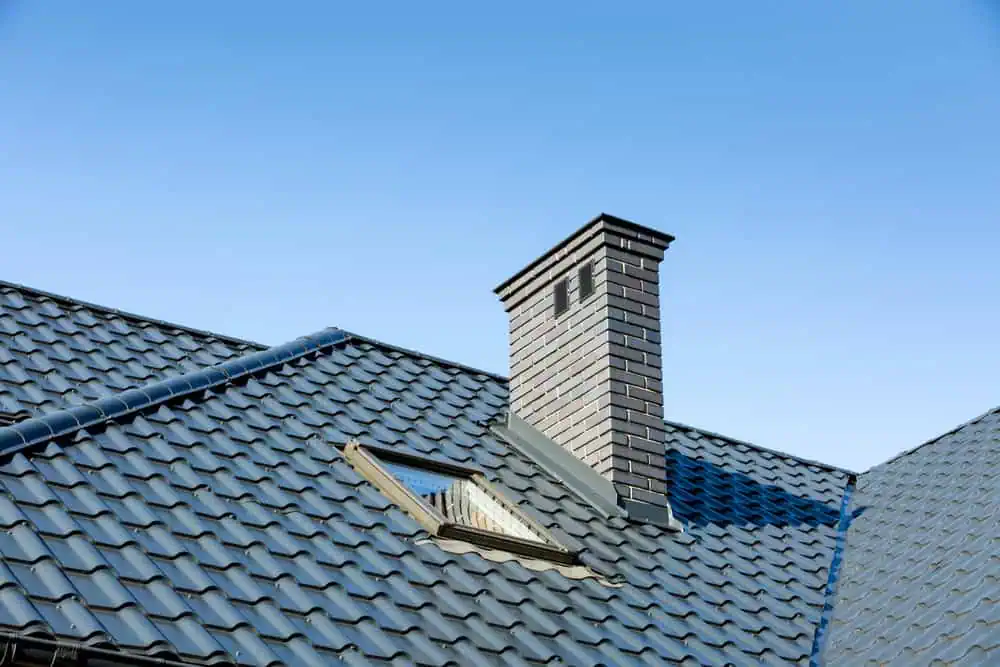Expert chimney repair that stops leaks, prevents damage, and keeps your family safe year-round.


Your chimney works the way it should. No more water stains on your ceiling during storms. No more wondering if that crack is dangerous or just cosmetic. No more throwing money at heating bills because your chimney isn’t drawing properly.
You get a system that protects your home instead of threatening it. When we finish a chimney repair job, you’re not crossing your fingers hoping it holds up through the next nor’easter.
The difference is simple: your fireplace becomes something you actually want to use, not something you’re afraid to light. Your heating system works efficiently. Your home stays dry. And you stop losing sleep over whether that masonry damage is getting worse every day.
Academy Masonry has been handling chimney and masonry repair in the Boston area for years. We understand the specific challenges that come with Allston’s older housing stock – the brick types, the mortar compositions, the way these buildings settle and shift over time.
Most of the chimneys we work on weren’t built yesterday. They need contractors who understand traditional masonry techniques, not just modern shortcuts. We’re licensed, insured, and we’ve seen every type of chimney problem that New England weather can create.
When you call us, you’re not getting a sales pitch. You’re getting an honest assessment from people who actually know the difference between a minor repair and a safety hazard.

First, we inspect your entire chimney system – not just the obvious problem areas. We check the crown, the flashing, the mortar joints, the interior condition, everything that affects how your chimney functions. You get a clear explanation of what we find, what needs immediate attention, and what can wait.
Then we give you a straightforward estimate. No surprise fees, no upselling, just the actual cost to fix the actual problems. If you decide to move forward, we schedule the work around your life, not ours.
During the repair, we protect your property and clean up after ourselves. We use materials that match your existing masonry and are built to handle Boston winters. When we’re done, we walk you through what we fixed and give you realistic expectations about maintenance going forward.

Ready to get started?
Our chimney repair service covers the full system. Repointing deteriorated mortar joints. Rebuilding damaged chimney crowns. Replacing faulty flashing that’s letting water into your walls. Repairing or rebuilding fireboxes that have cracked from years of heat cycles.
We also handle the less obvious but equally important stuff – waterproofing that actually works in New England weather, damper repairs that restore proper ventilation, and structural repairs that address settling or damage from tree impacts. If it’s part of your chimney system, we know how to fix it properly.
The goal isn’t just to stop the immediate problem. It’s to give you a chimney system that works reliably for years, handles our weather, and doesn’t create new problems down the road. That means using the right materials, the right techniques, and taking the time to do it correctly the first time.
